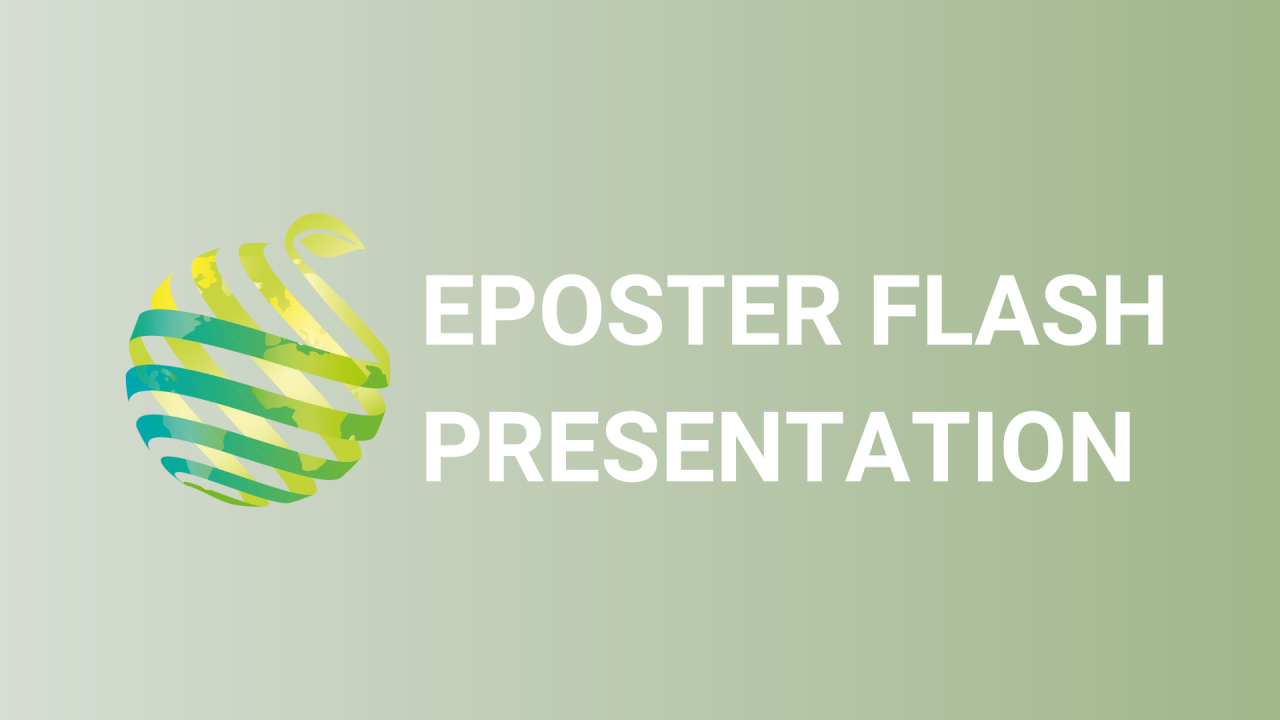

S01 - Session P1 - Development of synthetic cultivars to improve the production of desired steviol glycosides in Stevia
Information
Authors: Ryan Warner *, Patrick Abeli, Randolph Beaudry
Stevia rebaudiana (stevia) is grown for steviol glycosides (SGs) produced in the leaves and used as a non-caloric sugar substitute. While the most utilized SG is rebaudioside A (rebA), compounds like rebD and rebM have a more desirable flavor profile but are typically produced in much lower concentrations than rebA. Stevia is a highly heterozygous obligate outcrosser. Highest yields of desired SGs can be obtained by identifying elite individuals and planting clonal propagules. However, this approach is costly and more labor intensive than growing plants from seed. Generating synthetic cultivars through open pollination between a small number of elite selections producing desired SGs is a potential alternative. Ten synthetic cultivars, each derived from four or five elite selections from the MSU Stevia program, were developed and evaluated for seed germination percentage and seedling vigor. Seed germination percentage ranged from 22% for accession 17-07 to 81% for 17-09. Seedling vigor was evaluated on a subjective scale of 1-7, with values ranging from a low of 3.4 for accession 17-07 to a high of 5.9 for 17-02. From the seedling evaluation, six cultivars were selected and, along with the 11 elite parental lines from which they were derived, grown for field evaluation and steviol glycoside quantification. Two accessions (17-03 and 17-10) produced similar rebM concentrations to the best performing parental lines, and those same two accessions produced rebD concentrations exceeded by only a single parental line. These results suggest that, despite wide variation for SG concentrations among individuals in a synthetic cultivar population, synthetic cultivars may be a viable alternative to the more expensive to produce clonal propagules for SG production.